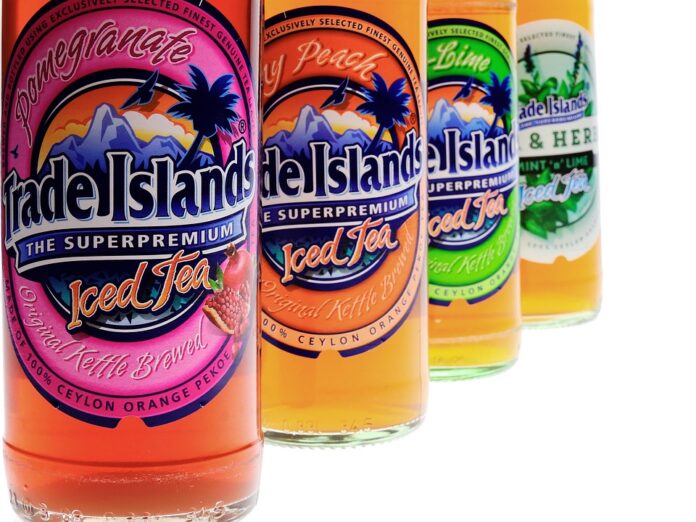Top 10 Green Coffee Producing Countries in the World in 2025
Introduction
Green coffee, also known as unroasted coffee beans, is a significant commodity in the global market. In 2025, several countries continue to dominate the green coffee production industry. This report will highlight the top 10 green coffee producing countries in the world, providing insights into their production volumes, financial data, and industry trends.
Brazil
Brazil has consistently held the top position as the largest green coffee producer in the world. In 2025, the country’s coffee production is projected to reach a record high, with an estimated volume of over 60 million bags. The Brazilian coffee industry is dominated by major players such as Nestle, JDE Peet’s, and Illycaffe. The country’s favorable climate and large coffee plantations contribute to its strong position in the global market.
Vietnam
Vietnam is the second-largest green coffee producer globally, with a significant increase in production volumes in recent years. The country’s coffee industry is characterized by small-scale farmers and a growing number of coffee processing companies. In 2025, Vietnam is expected to produce over 30 million bags of green coffee, further solidifying its position in the market.
Colombia
Colombia is renowned for its high-quality Arabica coffee beans and has a strong presence in the global green coffee market. The country’s coffee production is estimated to exceed 15 million bags in 2025, with industry giants such as Juan Valdez Cafe and Grupo Nutresa leading the way. Colombia’s unique geographical conditions and commitment to sustainable farming practices have contributed to its success in the industry.
Indonesia
Indonesia is a key player in the green coffee production sector, with a diverse range of coffee varieties grown across the country. In 2025, Indonesia’s coffee production is expected to surpass 12 million bags, driven by companies like PT Indo Cafco and PT Taman Delta Indonesia. The country’s rich volcanic soil and favorable climate create ideal conditions for coffee cultivation.
Ethiopia
Ethiopia is known as the birthplace of coffee and remains a significant green coffee producer on the global stage. The country’s coffee industry is characterized by smallholder farmers and cooperatives, with a focus on specialty coffee production. In 2025, Ethiopia is projected to produce over 10 million bags of green coffee, with companies like Tadesse Meskela Coffee Export and Oromia Coffee Farmers Cooperative Union playing a vital role in the industry.
Honduras
Honduras has emerged as a prominent green coffee producer in recent years, with a steady increase in production volumes. The country’s coffee industry is supported by both large estates and smallholder farmers, contributing to its diverse coffee offerings. In 2025, Honduras is expected to produce over 7 million bags of green coffee, with companies like Cafes Marcala and Beneficio San Vicente leading the way.
India
India is a growing player in the green coffee production market, with a focus on specialty coffee varieties. The country’s coffee industry is driven by companies like Tata Coffee and Cafe Coffee Day, with a projected production volume of over 5 million bags in 2025. India’s coffee plantations are primarily located in the southern regions of the country, where the climate and soil conditions are conducive to coffee cultivation.
Peru
Peru has seen a steady growth in green coffee production in recent years, positioning itself as a key player in the industry. The country’s coffee sector is characterized by smallholder farmers and cooperatives, with a focus on organic and fair trade practices. In 2025, Peru is expected to produce over 4 million bags of green coffee, with companies like Cooperativa Agraria Cafetalera San Juan del Oro and Cenfrocafe leading the way.
Mexico
Mexico is a significant green coffee producer in the global market, known for its high-quality Arabica beans. The country’s coffee industry is supported by both large estates and small farmers, with a focus on sustainable farming practices. In 2025, Mexico is projected to produce over 3 million bags of green coffee, with companies like Grupo Herdez and Oaxaca Coffee Roasters making their mark in the industry.
Guatemala
Guatemala is a renowned green coffee producer, known for its diverse coffee profiles and high-quality beans. The country’s coffee industry is driven by both large estates and smallholder farmers, with a focus on specialty coffee production. In 2025, Guatemala is expected to produce over 2 million bags of green coffee, with companies like Anacafe and Federacion de Cooperativas Agricolas Guatemaltecas playing a significant role in the market.
Conclusion
In conclusion, the top 10 green coffee producing countries in the world play a crucial role in shaping the global coffee industry. These countries have established themselves as key players in the market, with a focus on quality, sustainability, and innovation. As consumer demand for coffee continues to rise, these countries will continue to drive growth and development in the green coffee sector.



